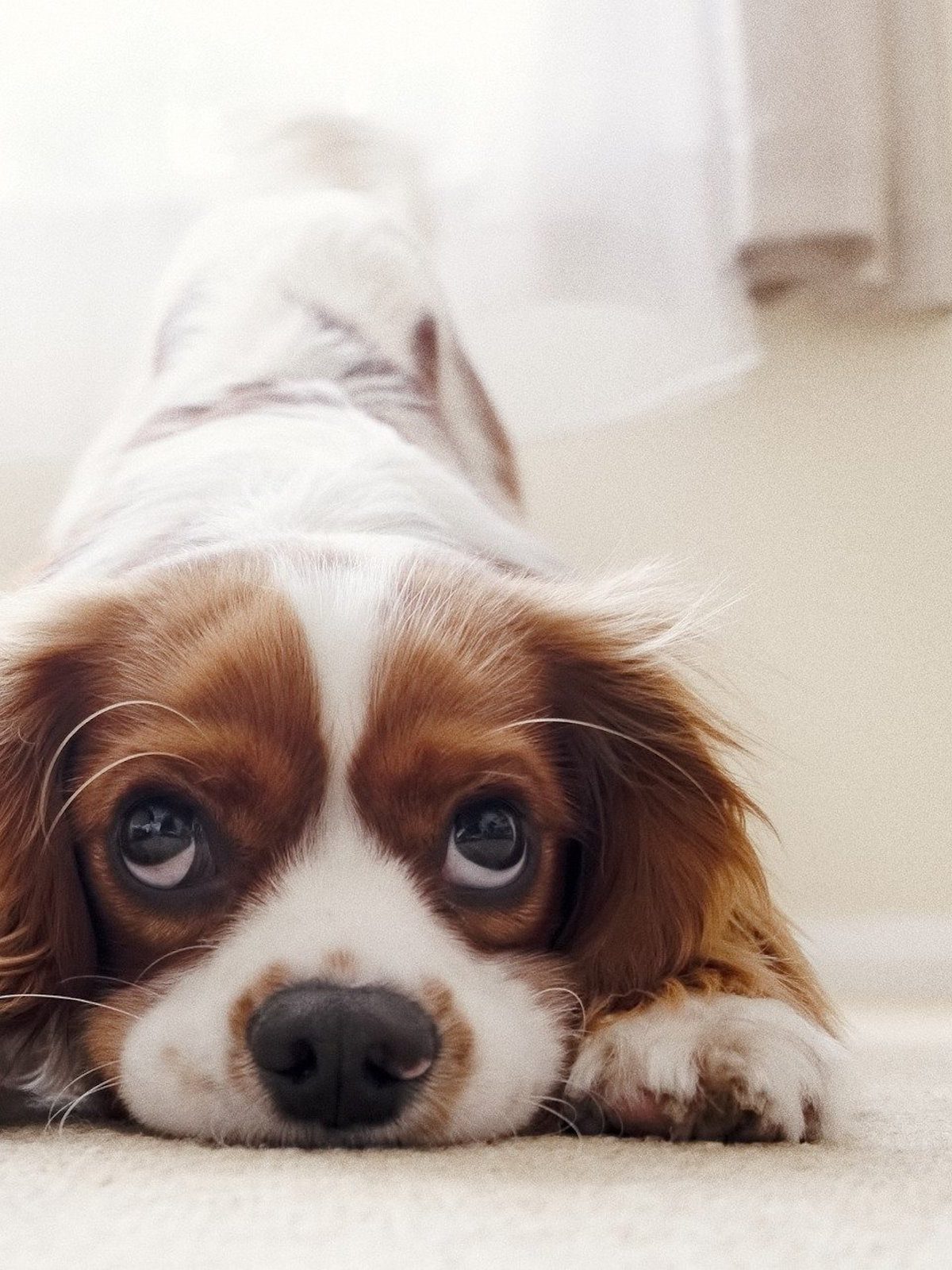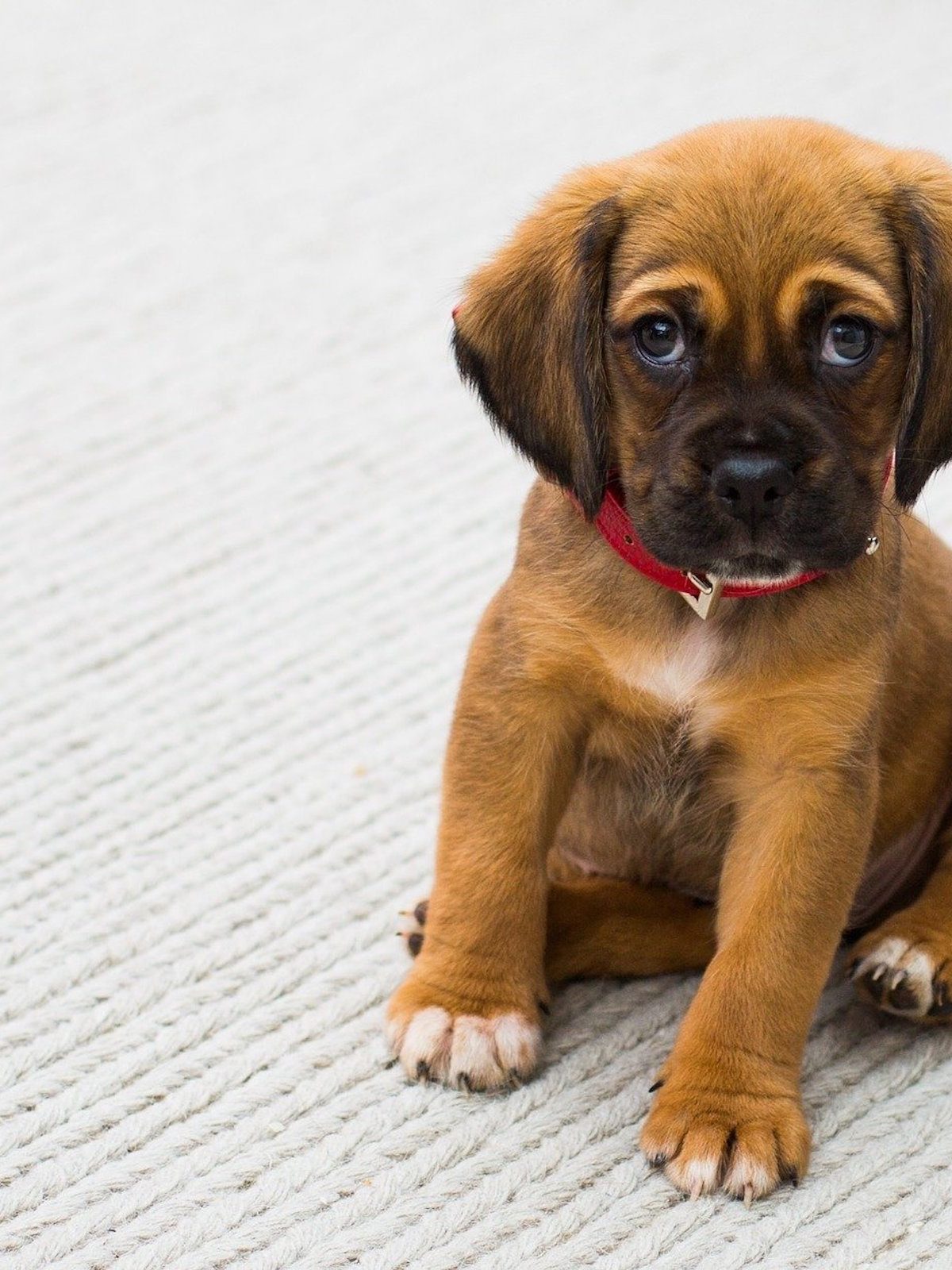Fact: Puppies are one of the most adorable things to ever exist on this planet. Between their teeny-tiny howls and their ever-entertaining clumsiness, what’s not to love? Their curiosity and innocence are captivating — even if you have to clean up after accidents every now and then.
For a lot of dogs, these playful puppy characteristics last well into adolescence and young adulthood. However, not many canine owners know exactly when to draw the line between puppy and adult dog. When some of those lovable traits are just a part of your dog’s personality, how can you tell when a dog is not a puppy anymore?
Here’s the long story short: There’s no one age when your dog is magically transformed from puppy to adult. Just as with people, growing up happens in stages over time, though a few key physical features may help you determine whether your dog is still a puppy.
Puppy losing baby teeth
Teething time is often more stressful for owners than it is for the pup! Not only do puppy teeth come in quickly compared with baby teeth in humans, but they also are needle sharp. Many pup parents sacrifice shoes, table legs, and even their own hands while their fur baby is teething, though chew toys and pup-approved dental treats can help.
According to the Veterinary Centers of America, puppies get their baby, or deciduous, teeth between three and six weeks of age. By 12 weeks, these teeth will start falling out to make room for their adult teeth. Many owners panic when they find teeth on the floor or a bit of blood on a chew toy, but there’s no need to worry! This is all normal, as is your puppy even swallowing her deciduous teeth. It sounds scary but poses no danger for your precious pup.
They lose their puppy coat
A dog’s puppy coat is the fluffy, soft, and short fur that most young dogs have. This coat falls out and is replaced with a longer, coarser adult coat between six and 12 months of age. Depending on your dog’s breed and activity level, they may require more frequent brushing or trips to the groomer.

When they start acting like a teenager
A big marker dividing puppyhood from adulthood is the change in behavior that most dogs experience between one and three years old. Around this time, dogs are transitioning from the timid, tiny puppy they were, to the less-reserved more opinionated adult. Because of this, growing pups might exhibit that rebellious, stubborn energy characteristic of teenagers of any species.
Social maturity means behavioral changes
In addition to reaching physical maturity, a dog grows into their social role and behaviors between 12 and 36 months. This looks different for every dog, with some becoming more social and easygoing and others deciding that they prefer to spend more time alone.
This is often the age when owners notice problem behaviors in their dog, whether they be fear-based or true aggression. They may show sensitivities to sounds or even to people as they learn more about the world around them. This is an important time in their development and a perfect time to start working with a trainer or vet to help your puppy get comfortable and used to the world.

Different breeds mature at different rates
Just as no two people follow the same path toward growing up, no two pups will have the same journey either. A lot of it varies by individual and cannot be predicted, but a dog’s breed is one factor that does help estimate when they’ll reach sexual maturity.
In general, according to the experts at Royal Canin, smaller breeds tend to mature earlier than larger dogs. This is because big canines have a lot more growing to do! Usually, growth and maturity will be categorized as follows:
- Extra-small breeds (10 pounds or less): 8 months
- Mini breeds (10–25 pounds): 10 months
- Medium breeds (25–55 pounds): 12 months
- Maxi breeds (55–100 pounds): 15 months
- Giant breeds (100+ pounds): 18 to 24 months
Whether you consider your furry friend a puppy or a dog, enjoy every day of love and play that you have together. Time goes oh-so-fast, and your baby could have some gray on their face before you know it. In the meantime, soak up as many of the smiles and tail wags as you can, even if they’re mixed in with a few indoor accidents and torn-up shoes. Growing up is an adventure whether you’re human or canine, and your little buddy will need all the pets and treats they can get! Having you around to spend the years with will make your dog’s days even more special.



